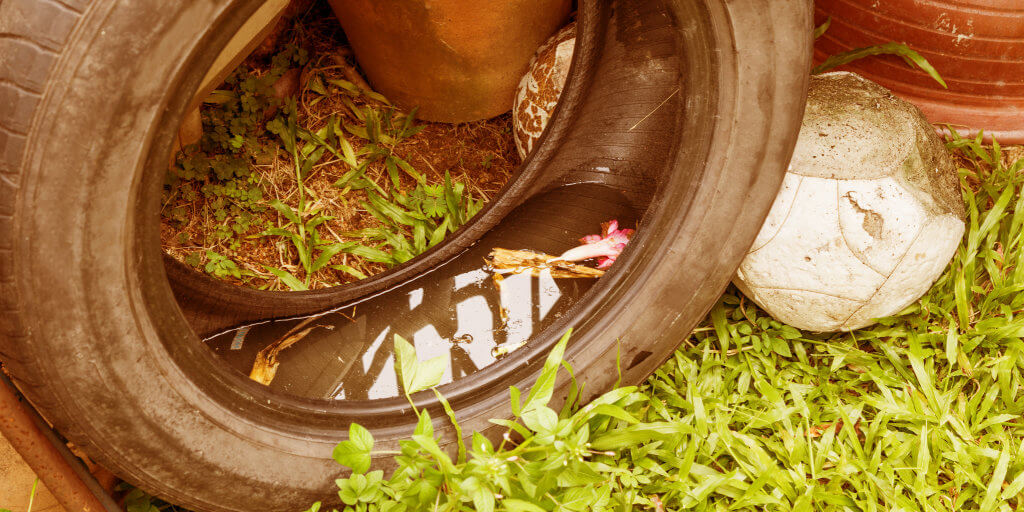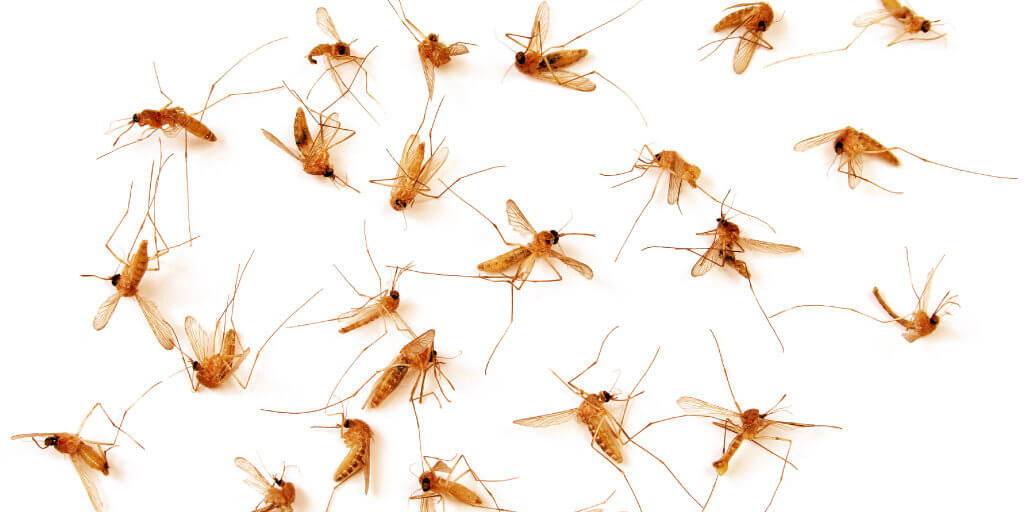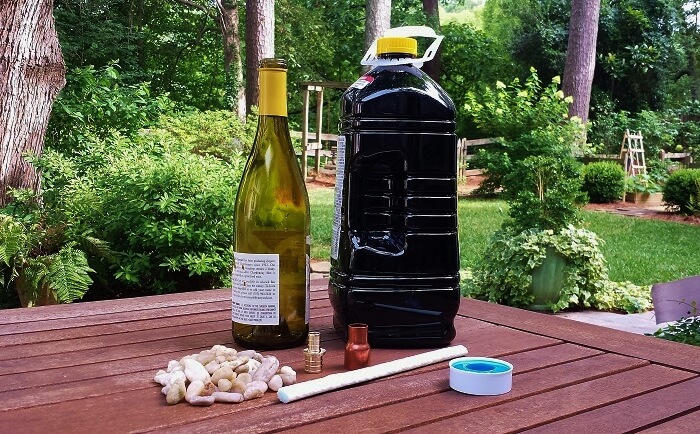Pest Control DIY
If pests have invaded your home, turning your peaceful living quarters into a space of constant annoyance, don't fret. There are many DIY pest control solutions available that can help you reclaim your space without requiring professional services. In this comprehensive guide, we will discuss effective, easy-to-implement strategies to keep common household pests at bay, focusing on prevention, natural remedies, and homemade repellents.
Understanding the Pest Problem
Before we dive into the various DIY pest control methods, it's important to understand the type of pests you're dealing with. From ants, roaches, and flies to rodents, spiders, and bedbugs, each pest has unique behaviors, habitats, and preferred food sources. Knowing these specifics will allow you to tailor your pest control strategy more effectively.
For instance, ants are attracted to sugary substances, so cleaning up food residues, especially sweets, can help control an ant infestation. Conversely, mosquitoes are attracted to standing water, so removing these sources can reduce their presence.
Preventive Measures for Pest Control
An essential part of DIY pest control is prevention. By creating an environment that's inhospitable to pests, you can keep them from setting up shop in your home in the first place.
1. Keep Your Home Clean:
A clean home is your first line of defense against pests. Regular cleaning reduces the availability of food and water sources, thus making your home less appealing to pests. Be sure to clean up food residues promptly, keep dishes washed, floors swept, and garbage bins sealed.
2. Seal Entry Points:
Inspect your home for possible entry points such as cracks, gaps around doors or windows, or holes in screens. Sealing these points with caulk or weatherstripping can prevent pests from entering your home.
3. Manage Your Outdoor Space:
Regularly trim the bushes and trees near your home, and keep your lawn mowed. These actions will reduce the hiding places for pests. Also, ensure that your gutters are clean and water drains away from your home to prevent creating a breeding ground for mosquitoes.

Natural DIY Pest Control Remedies
When faced with a pest problem, many people prefer to start with natural, non-toxic solutions. Below are some of the most effective natural DIY pest control remedies.
1. Vinegar for Ant Control:
Ants hate vinegar. A solution of equal parts water and white vinegar can be sprayed around doorways, windows, and other places where ants enter your home.
2. Citrus Peels for Spider Control:
Spiders dislike citrus. You can rub citrus peels around window sills, bookshelves, and other places where spiders tend to congregate.
3. Peppermint Oil for Rodent Control:
Rodents dislike the strong scent of peppermint oil. Placing cotton balls soaked in peppermint oil in areas where you've noticed rodent activity can help deter them.
4. Diatomaceous Earth for Various Pests:
Diatomaceous earth is a non-toxic powder that can be sprinkled around your home to kill many types of insects. It works by dehydrating the pests, causing them to die.
Homemade Pest Repellents
Apart from natural remedies, you can also make homemade pest repellents.
1. Homemade Roach Bait:
Mix equal parts boric acid, flour, and sugar to make a roach bait. The roaches are attracted by the flour and sugar and killed by the boric acid.
2. DIY Fly Spray:
Combine water, white vinegar, and dish soap in a spray bottle. Spray this mixture on flies to kill them.
3. Homemade Bed Bug Spray:
Combine water, alcohol, and lavender oil in a spray bottle. This mixture can be sprayed on your mattress and bedding to deter bed bugs.

Utilizing Essential Oils in Pest Control
Essential oils are more than just pleasant aromas; many of them are potent pest deterrents. For instance, eucalyptus and tea tree oils are known to repel a variety of pests. Creating a diluted spray with these oils and water can provide a natural, non-toxic pest control solution.
DIY Pest Traps
When dealing with small pest infestations, creating your own traps can be a cost-effective and practical approach. Here are some DIY pest traps you can easily make at home:
- Fruit Fly Trap:
- Materials needed: Jar or container, apple cider vinegar, dish soap.
- Instructions:
- Pour a small amount of apple cider vinegar into the jar, enough to cover the bottom.
- Add a few drops of dish soap and stir gently.
- Secure a piece of plastic wrap over the top of the jar, making sure to create a small opening.
- Fruit flies will be attracted to the vinegar scent and will fly into the jar but will be unable to escape due to the soapy surface.
- Empty and refill the trap as needed.
- Mouse Trap:
- Materials needed: Bucket, metal rod, soda can, peanut butter.
- Instructions:
- Partially fill the bucket with water.
- Smear peanut butter along the length of the soda can.
- Balance the soda can on the edge of the bucket, with the peanut butter facing inward.
- Place a metal rod or wooden stick across the top of the bucket, allowing it to extend over the water.
- The mice will be attracted to the scent of the peanut butter and attempt to reach it by walking along the rod. As they reach the can, it will spin, causing the mice to fall into the water and unable to climb out.
- Empty the bucket regularly and reset the trap as needed.
- Roach Trap:
- Materials needed: Glass jar, petroleum jelly, bait (e.g., bread, fruit peelings).
- Instructions:
- Coat the inner rim of the jar with a layer of petroleum jelly.
- Place a small piece of bait at the bottom of the jar.
- The roaches will be attracted to the scent of the bait and will climb into the jar. The petroleum jelly acts as a barrier, preventing them from climbing out.
- Empty the jar regularly and replace the bait as needed.

Understanding the Pest Life Cycle
A key to effective DIY pest control is understanding and interrupting the life cycle of the pest. For instance, breaking the breeding cycle of mosquitoes by eliminating standing water can significantly reduce their numbers. Understanding the life cycle of the pest you're dealing with can help you devise the most effective pest control strategies.
Natural Pest Deterrents
In addition to traps, there are various natural substances that can act as effective pest deterrents. These natural solutions are safe, non-toxic, and environmentally friendly. Here are a few examples:
- Mint Leaves for Ants: Ants dislike the strong scent of mint. Place dried mint leaves or sprinkle mint essential oil near entry points or areas where ants are commonly seen to deter them from entering your home.
- Cayenne Pepper for Garden Pests: Many garden pests, such as slugs and snails, can be deterred with cayenne pepper. Create a barrier by sprinkling cayenne pepper around the perimeter of your garden beds or on the leaves of susceptible plants.
- Garlic Spray for Insects: Garlic is a natural insect repellent. Blend garlic cloves with water and strain the mixture. Dilute the liquid and spray it on plants to repel a range of insects, including aphids and mosquitoes.
- Lavender for Moths: Moths can be deterred by the scent of lavender. Place dried lavender sachets or cotton balls soaked in lavender essential oil in closets or storage areas to keep moths away from your clothing and linens.

Maintaining a Pest-Free Environment
While DIY pest control methods can be effective, it's important to maintain a pest-free environment through regular maintenance and preventive measures. Here are some practices to incorporate into your routine:
- Regular Cleaning: Keep your home clean and free of food debris that can attract pests. Sweep, vacuum, and mop regularly to eliminate crumbs and spills. Pay particular attention to kitchen areas, as these are common entry points for pests.
- Proper Food Storage: Store food in airtight containers to prevent access by pests. Keep pantry items organized and regularly check for signs of infestation, such as chewed packaging or droppings.
- Routine Inspections: Conduct routine inspections of your home, both indoors and outdoors, to identify potential entry points or signs of pest activity. Seal cracks and gaps in walls, floors, and windows to prevent pests from entering.
- Landscaping Maintenance: Trim bushes and trees away from the exterior of your home to minimize potential pest entry points. Remove standing water sources and maintain proper drainage to prevent mosquito breeding.
- Professional Pest Control Services: If DIY methods are not effective in controlling a persistent or large-scale infestation, it's advisable to seek professional pest control services. Pest control experts have the knowledge and tools to address complex pest problems and provide long-term solutions.
When to Call the Professionals
While DIY pest control methods can be highly effective, there are situations where professional help may be necessary. If you have a large infestation, if the pests keep returning despite your best efforts, or if you're dealing with dangerous pests like venomous spiders or disease-carrying rodents, it's best to call in the professionals.
Conclusion
DIY pest control is an achievable task for most homeowners. With the right knowledge and tools, you can keep your home pest-free and reclaim your living space. However, remember that consistent prevention is the best pest control. Keeping your home clean, sealing off entry points, and maintaining your outdoor space can go a long way in keeping pests at bay.






